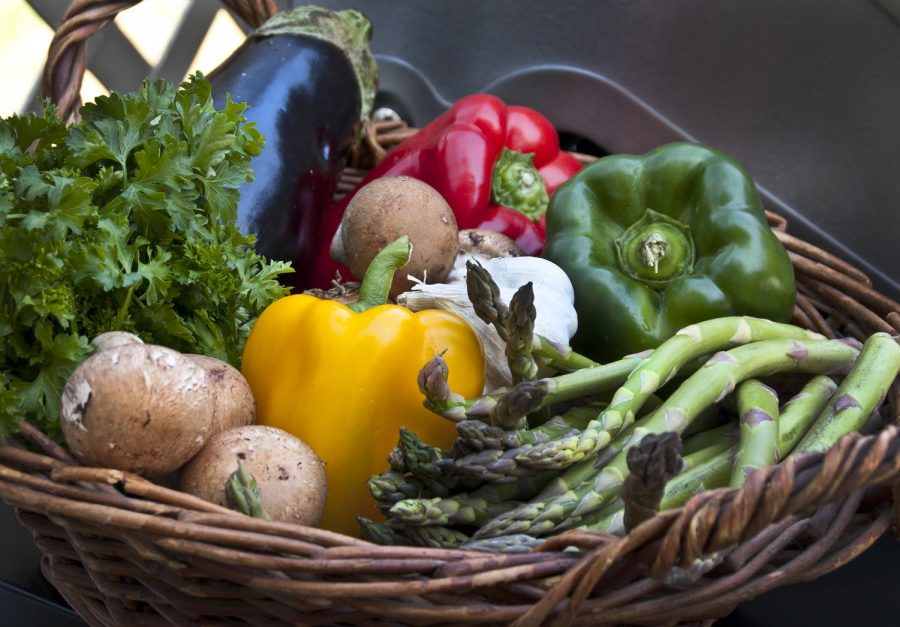Food insecurity in the Raleigh-Durham area and how you can help
Fresh, nutritious food.
February 7, 2021
NC has always had a food insecurity problem. In fact, it is the 10th hungriest state in the nation with 604,000 households not having enough to eat. One fifth of the children in NC struggle with hunger.
Durham County, a county neighboring Wake County, is home to 49,600 children who live in food insecurity. That is 16.5% of the county’s children. While we all know food is required for life and survival, did you know that food insecurity is associated with anemia, anxiety, depression, asthma and cognitive and behavioral problems?
During this pandemic, Anthony Vann, superintendent of Rowan Salisbury Schools said students are, “certainly not going to concentrate on our e-learning or any kind of educational experience if they’re hungry, because that’s going to be the first thing on their mind.”
This is true, and very concerning, as there is a 38% increase in food insecurity in the area the Central Eastern Food Bank serves. Prior to the pandemic, 545,000 people were facing food insecurity in the 34 counties they serve. Now it is more than 756,000 people.
In this area, a 65 year old man named Walter had never been out of a job in his life. But when the pandemic hit, this changed, and him and his 17 year old had to seek out emergency food. After he had been helped by one of the Central and Eastern NC food banks in his area and given fresh produce, he said, “Today was the first day in a while that I have been in a good mood.”
Our elderly population is also at risk in NC. 33% of older adults admitted to the hospital may be malnourished and this can increase health care costs by 300%.
Food deserts exacerbate health problems when people don’t have access to healthy, fresh and affordable food and instead to highly-processed foods. This results in poor nutrition, diabetes and heart disease. When this is the case, more people go hungry as well.
One way to fight food insecurity is through educating children. We know that children will be more prepared to learn when they get the nutrition they need, as adults with access to food supports were 18% more likely to graduate high school. By feeding our youth, we are investing in our future.
Other ways include government programs like SNAP (Supplemental Nutrition Assistance Program), which provides assistance to vulnerable families, such as ones with children and elderly people.
Another way to help is by donating to, or volunteering at food banks. There will be a food drive for the Durham County food bank during the second semester at Green Level High, and more details will be coming soon.
If this message resonated with you, and you are interested in helping feed low-income families in Durham County, please donate to the food bank and to the upcoming food drive at Green Level High School. Thanks for your help Gators!







